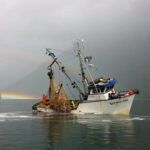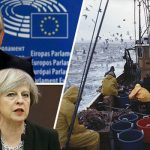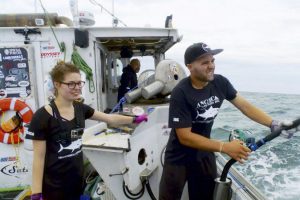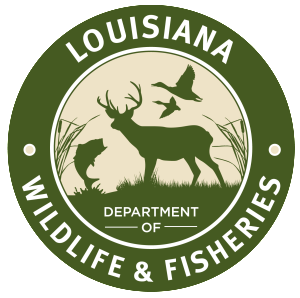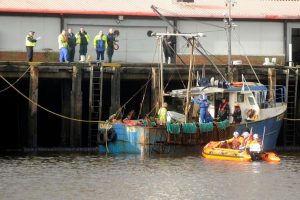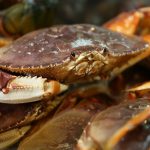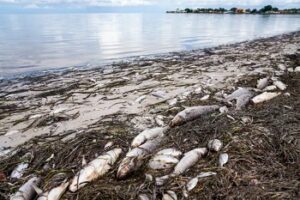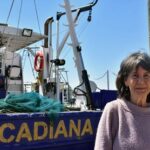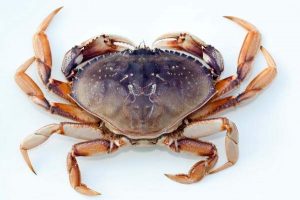Daily Archives: February 19, 2019
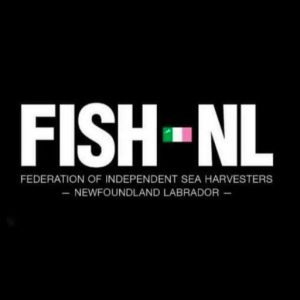
FISH-NL: Escalating war between fish processors/buyers exposes fact inshore harvesters have been ‘royally screwed’ on price of fish
The Federation of Independent Sea Harvesters of Newfoundland and Labrador (FISH-NL) says the existing system of setting fish prices in the province is broken beyond repair, and must be scuttled. “What’s absolutely clear from the escalating fight between processors and buyers is that inshore harvesters have been getting royally screwed on the price of fish,” says Ryan Cleary, President of FISH-NL. On Jan. 2, the Seafood Processors of Newfoundland and Labrador (SPONL) — representing 15 small, mostly lobster processors/buyers with a combined export value of roughly $40 million — lodged a complaint against Royal Greenland with the federal Competition Bureau, and asked for an intervention. >click to read<22:02
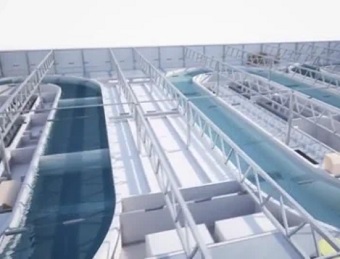
Let’s Take a Closer Look at This Big Fish Farm Proposal for the Samoa Peninsula
There have been lots of ideas in recent years for how to maximize the economic potential of Humboldt Bay. “More cruise ships!” some suggested. “More oysters!” “Less-restrictive zoning!” “How about a new railroad or two?” But as far as we can tell, no one even dreamed of suggesting that the Samoa peninsula could host one of the world’s largest indoor fish farms. No one imagined that Redwood Marine Terminal II, a contaminated brownfield site still littered with the rubble of an abandoned pulp mill, could be chosen to house a 600,000-square-foot, state-of-the-art aquaculture facility capable of supplying the West Coast with nearly 60 million tons pounds of fish per year. That concept, and the Norwegian company that plans to bring it to fruition, found us. >click to read<20:20
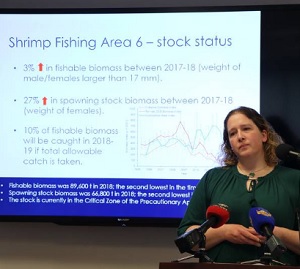
Small shrimp biomass increase off Newfoundland’s northeast coast
The latest news about the state of the northern shrimp stock in key Shrimp Fishing Area 6 off the province’s northeast coast is a bit more uplifting this year than about the same time last year. Last year the news was grim — this year, although the shrimp stock remains listed in the critical zone, the fishable biomass has increased by three per cent between 2017 and 2018, and there’s a 27 per cent increase in spawning stock biomass between 2017 and 2018. >click to read<19:33
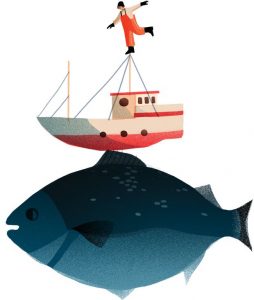
What I learned working with misfits, oddballs and hardened fisherman
I’ve always had a strange fascination with challenge and adventure. It’s a cliché, I know, but it has led me on some interesting journeys. Sometimes these journeys give me fragments of insight into the sneaky mysteries of life. For these reasons, I signed up to spend six weeks on a commercial fishing vessel last winter. I had never been to sea before, but – thanks to a family friend – I was able to get a job on one of the largest Black Cod fishing operations in the world. I left in early January, sailing the stormy winter waters of northern British Columbia near the Alaskan border. I joined a 13-person crew – 12 men and one woman – on a ship that was capable of handling hurricane-like weather. Brandon Kornelson >click to read<18:16
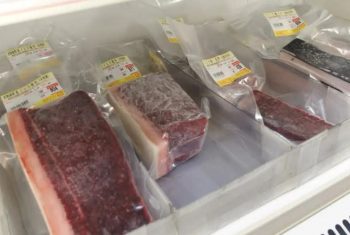
Why Japan risked condemnation to restart commercial whaling
Fishermen in the village of Taiji are counting the days until July, when they will be able to hunt large, fatty minke whales commercially for the first time in decades. The community, which faces the Pacific coast of central Japan, is still haunted by its moment in the international spotlight 10 years ago, when the documentary “The Cove” criticized its dolphin culls and attracted a flood of activists. Yet, a sense of optimism is spreading. “The availability of more types of whales will make more people interested” in eating the meat, predicted Shinichi Shiozaki, who sells processed whale products. “It’s a good thing.” >click to read<13:14
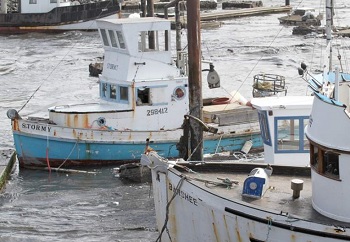
Charles Schnacker, Come to the Edge: Arrival and Survival in Del Norte County
Charles Schnacker reveals an intense tenacity and love for fishing, one that goes deeper than profit. But his essay also reveals hidden gems about scarcity and abundance in Del Norte County: I was born in Nashville, Tennessee, and I grew up in Idaho—Lewiston, Craigmount, Nez Perce. And then we moved here in 1984, when I was in grade school. I enrolled in Crescent Elk. Then I went to Del Norte High but transferred to Sunset High School because they let me use math classes as my electives, and I really liked math. When we first moved out here my mom, my dad, me, my five brothers, Grandma, three cousins, two aunts and two uncles lived at Pacific Shores, near Kellogg Beach. We camped out on the dunes for two months until my dad got a job at Las Palmas Trailer Park. We lived there for a short time in one of the trailers until we bought a house on Cooper in the 700 block. It was the first house I remember my family owning. I liked it here. I grew up fishing. My dad started out beach fishing for smelt at night and for perch during the day. Then he bought a boat and crabbed. I pretty much did the same thing. >click to read<12:27
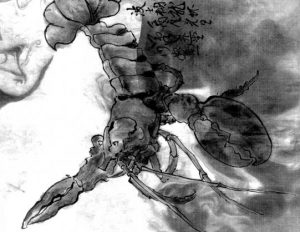
Lobster’s underbelly is as tough as industrial rubber
Flip a lobster on its back, and you’ll see that the underside of its tail is split in segments connected by a translucent membrane that appears rather vulnerable when compared with the armor-like carapace that shields the rest of the crustacean. But engineers at MIT and elsewhere have found that this soft membrane is surprisingly tough, with a microscopic, layered, plywood-like structure that makes it remarkably tolerant to scrapes and cuts. This deceptively tough film protects the lobster’s belly as the animal scuttles across the rocky seafloor. >click to read<11:10
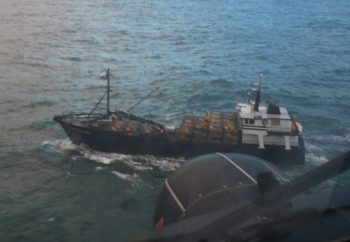
Coast Guard medevacs man from fishing vessel 201 miles north of St. Paul, Alaska
A Coast Guard Air Station Kodiak MH-60 Jayhawk helicopter crew, forward-deployed to St. Paul, medevaced a man from the fishing vessel Kari Marie approximately 201 miles north of St. Paul, Alaska, Monday. District 17 Command Center watchstanders received notification from the fishing vessel Pacific Mariner. They were relaying communications for the fishing vessel Kari Marie for a crew member that was reported to have suffered a compound fracture while aboard the vessel. >click to read<09:27

































